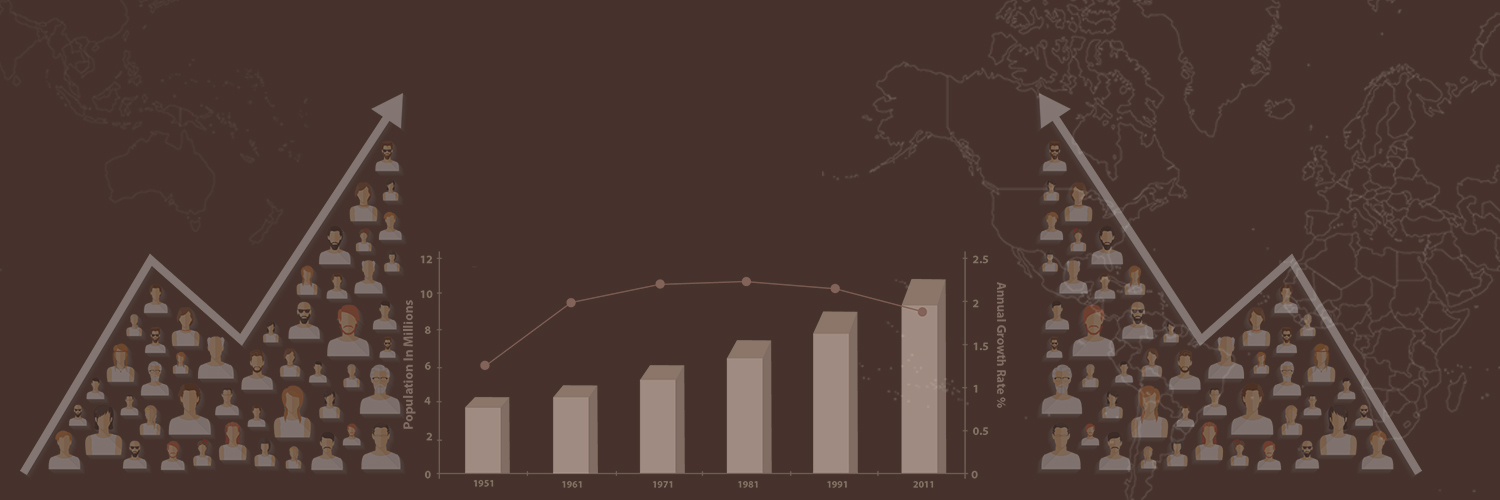
In the hypothetical village of Palampur all production activities are carried out with the help of natural resources, manmade items, human effort and money.
Road and transport system
Housing and electricity system
Education and health centre
Will the land sustain?
How is land distributed between the farmers of Palampur?
Who will provide the labour?
The capital needed in farming
Sale of Surplus Farm Products